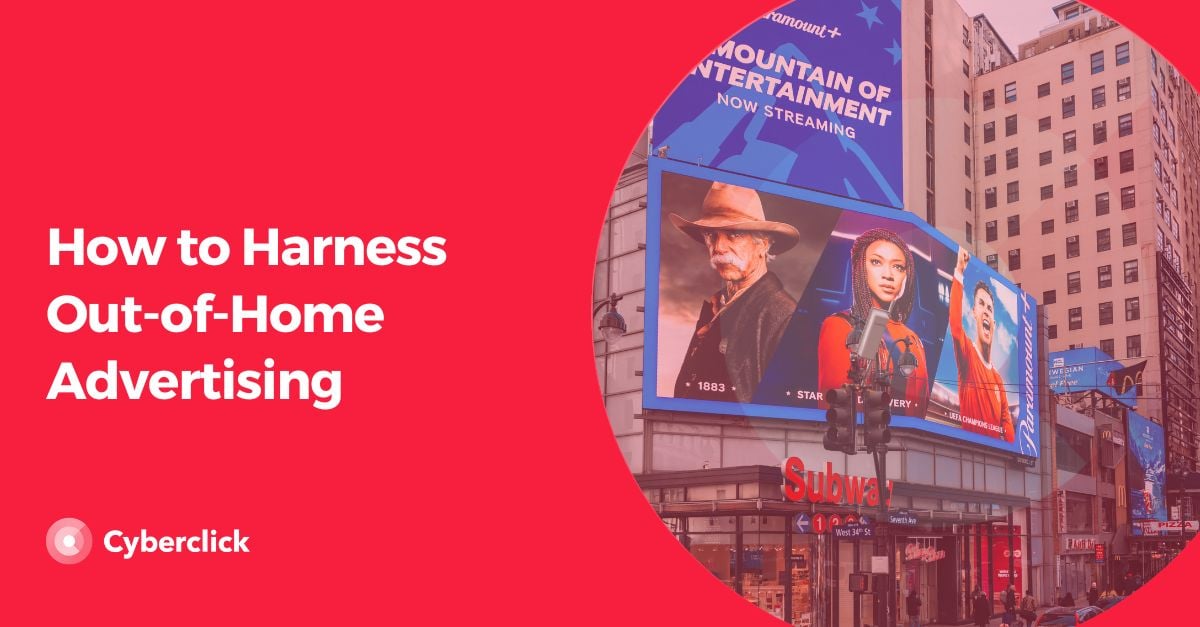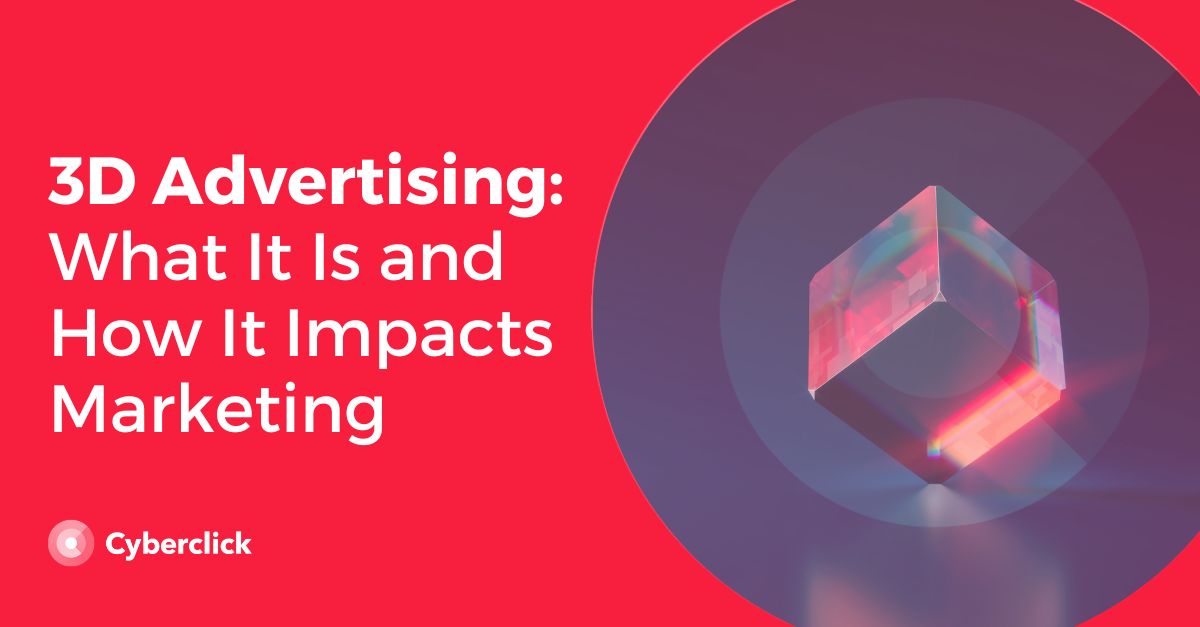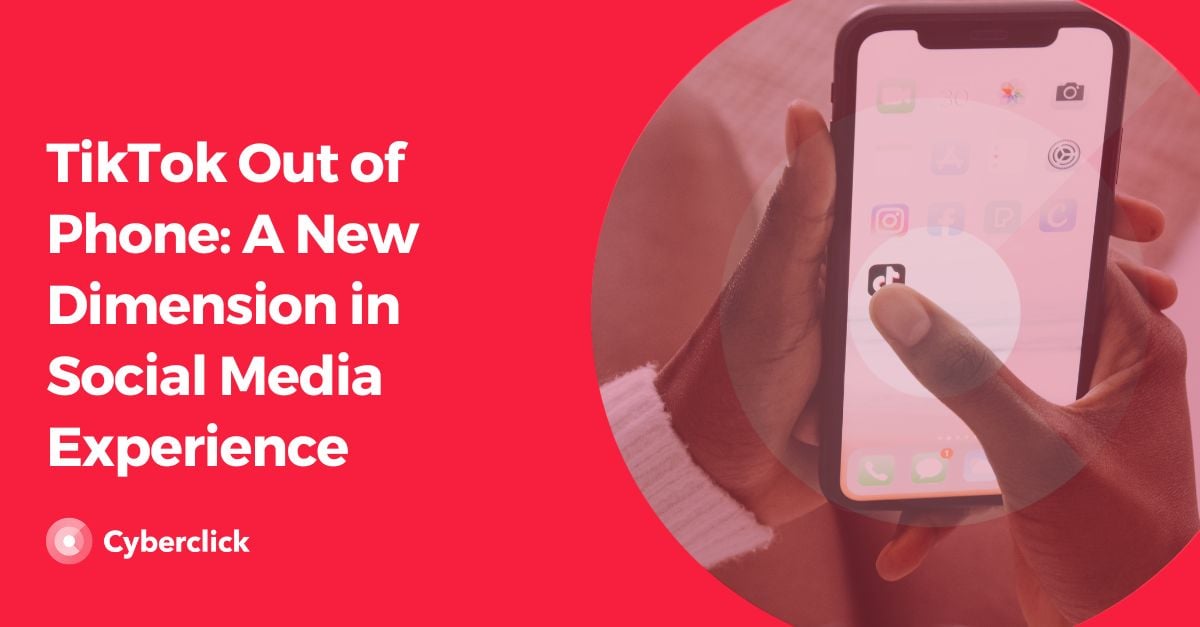As we move into 2025, Out-Of-Home (OOH) advertising is set to undergo significant transformation. With advances in technology, growing consumer expectations, and increasing demands for sustainability, brands must adapt their strategies to remain competitive. Here are the top 15 OOH advertising trends to watch for in 2025!

1. Increase in Digital Signage
Digital signage is rapidly replacing traditional static billboards, offering brands a versatile platform for advertising. This shift allows for real-time content rotation, enabling advertisers to update their messages instantly based on current events, promotions, or audience behavior. The ability to display dynamic content increases audience engagement by delivering timely and relevant messages that resonate more effectively. As a result, brands can maximize visibility and engagement while minimizing the risk of ad fatigue among consumers.
2. Interactive Advertising
The use of interactive elements in OOH advertising, such as touch screens and QR codes, will continue to rise. These features transform passive viewers into active participants, encouraging direct consumer engagement. For instance, touch screens can provide additional product information or entertainment, while QR codes enable consumers to access exclusive content or promotions on their mobile devices. By fostering this two-way interaction, brands create memorable experiences that not only capture attention but also drive conversions and increase brand loyalty.
3. Vehicle Graphics
Vehicle graphics remain as a relatively effective and cost-efficient form of mobile advertising. As brands look to maximize their reach, vehicle graphics will continue to serve as a viable option for localized campaigns.
4. Increased Interactivity with AR and VR
The integration of Augmented Reality (AR) and Virtual Reality (VR) in digital billboards is set to create more immersive experiences for consumers in 2025. These technologies will allow brands to engage audiences in innovative ways, offering interactive experiences that captivate and inform. For example, consumers might be able to use their smartphones to see additional content overlaid on a digital display, or even participate in VR experiences that transport them into a branded environment. This level of interactivity not only makes advertising more engaging but also fosters a deeper emotional connection between the brand and the consumer.
5. Immersive Experiences
AR and VR are not just trends; they are reshaping the way brands connect with consumers. By creating immersive campaigns that engage multiple senses, brands can captivate audiences and drive deeper engagement. These experiences can be designed to encourage social sharing, further amplifying the brand's reach. For example, an AR experience could allow users to see themselves in a branded environment, encouraging them to share their experiences on social media. This not only increases brand awareness but also creates a community around shared experiences.
6. Sustainable Practices
As environmental concerns rise, brands are prioritizing sustainable advertising solutions. Implementing renewable energy sources, such as solar power, and eco-friendly materials in digital displays aligns OOH advertising with the growing consumer demand for sustainability. By adopting sustainable practices, brands not only reduce their environmental impact but also appeal to a consumer base that values corporate responsibility. This commitment to sustainability can improve brand reputation and foster loyalty among eco-conscious consumers.
7. Sustainability Through Eco-Friendly Materials
The shift towards using recycled materials and energy-efficient technologies, such as LED lighting, will continue to grow in 2025. Brands will increasingly adopt eco-friendly practices and align their advertising strategies with sustainability goals. Using recyclable materials for traditional billboards and energy-efficient lighting for digital displays reduces waste and lowers carbon footprints. This focus on sustainability not only attracts environmentally aware consumers but also positions brands as leaders in responsible advertising.
8. Advanced Personalization
Real-time data-driven personalization will become a cornerstone of effective OOH campaigns. By leveraging demographic, geographic, and contextual data, brands can tailor their messaging to resonate with specific audiences at the right time. For instance, a billboard displaying a weather-sensitive promotion could showcase warm beverages on a chilly day, while featuring refreshing drinks during a heatwave. This ability to customize messages based on real-time data allows brands to boost engagement and improve the relevance of their campaigns, resulting in higher conversion rates.
9. Regulatory Changes
As the use of digital screens expands, advertising regulations will evolve to address privacy concerns and content standards. Brands must stay informed and compliant with these changes to maintain trust and credibility. For example, the increasing scrutiny over data usage and consumer privacy means that brands must be transparent about how they collect and use data for targeted advertising. Staying ahead of regulatory changes will not only help brands avoid penalties but also demonstrate their commitment to ethical advertising practices.
10. Incremental Budget Reallocation
Shifting small percentages of marketing budgets towards OOH advertising can yield significant returns on investment (ROI). Brands will increasingly recognize the value of OOH in their overall marketing strategies.
11. Increased Effectiveness of Media Mix
Integrating OOH advertising into multichannel marketing campaigns can boost overall performance. The synergy between OOH, digital, and TV advertising will create more effective and cohesive brand messages. By leveraging the strengths of different media channels, brands can reinforce their messaging and reach audiences at multiple touchpoints. This multi-faceted approach allows for greater campaign visibility and effectiveness, driving higher engagement and conversion rates.
12. Greater Visibility and Consumer Engagement
OOH advertising is a powerful tool for capturing consumer attention in urban environments. Its ability to reach audiences where they live, work, and play makes it an essential part of any marketing strategy. The high visibility of OOH ads, combined with their strategic placement, lets brands engage with consumers during their daily routines. Additionally, the sheer scale of OOH advertising provides an opportunity for brands to build awareness and recognition among diverse audiences.
13. Growth of Digital Out-Of-Home Advertising (DOOH)
The rise of digital screens is transforming the OOH landscape. With real-time data integration, brands can deliver more relevant and personalized messages, increasing their chances of engaging consumers on the go. This growth in DOOH advertising allows for greater flexibility in campaign execution, enabling brands to pivot strategies based on performance metrics and audience behavior. As consumers become accustomed to receiving personalized content, brands that leverage DOOH effectively will stand out in a crowded marketplace.
14. Programmatic DOOH
Programmatic advertising in the DOOH space is gaining traction. Automating the purchasing process for advertising space allows advertisers to improve efficiency and target specific audiences based on data-driven insights. This shift towards programmatic buying simplifies the ad placement process, allowing brands to react quickly to market conditions and optimize campaigns in real-time. By using programmatic DOOH, advertisers can maximize their reach and make sure that their messages are delivered to the right audience at the right moment.
15. Integration of Artificial Intelligence (AI)
AI is set to revolutionize OOH advertising by enabling enhanced personalization and real-time content adjustments. By analyzing consumer interactions and contextual data, brands can optimize their messaging on digital displays, increasing engagement and effectiveness. For example, AI algorithms can determine the best content to display based on current foot traffic or time of day in order to show ads that are as relevant as possible. This intelligent use of AI not only improves campaign performance but also fosters a more meaningful connection between brands and consumers.
In summary, brands that embrace these trends will be well-positioned to engage their audiences and drive impactful marketing campaigns. By staying ahead of the curve, marketers can create memorable experiences that resonate with consumers in an increasingly competitive landscape.
Responsable de la estrategia de contenidos y visibilidad en Cyberclick, con enfoque Allbound y especialización en posicionamiento SEO, GEO y automatización con IA. Gestión avanzada del CRM con HubSpot: base de datos, workflows, lead nurturing, scoring y reporting. Experiencia en marketing digital, comunicación corporativa y periodismo, uniendo estrategia, creatividad y tecnología para captar y convertir leads cualificados.
Responsible for content and brand visibility strategy at Cyberclick, with an Allbound approach and specialization in SEO, GEO (Generative Engine Optimization), and AI-powered automation. Advanced HubSpot CRM management: database segmentation, workflows, lead nurturing, scoring, and reporting. Background in digital marketing, corporate communications, and journalism—combining strategy, creativity, and technology to attract and convert qualified leads.






Leave your comment and join the conversation